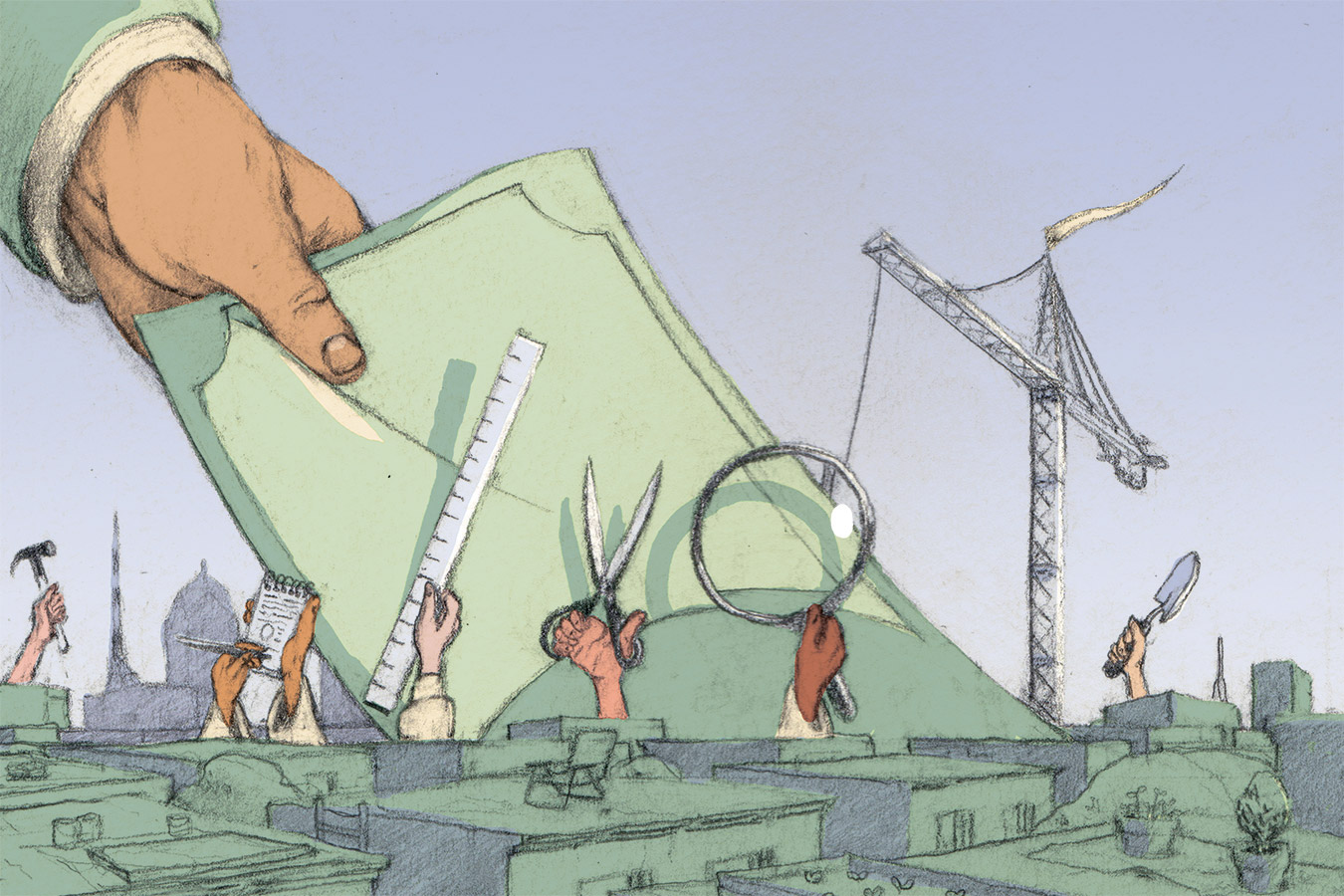Old Money, New Ideas
by Omar Woodard
I believe in social innovation as a pathway to eradicate poverty in Philadelphia.
Broadly defined, “social innovation” is new thinking or novel approaches to longstanding challenges facing society, such as poverty. Philadelphia suffers the distinction of being America’s poorest big city, and accelerating the pace and success of social innovation is more important than ever.
In the for-profit arena, angel investors and venture capitalists drive innovation by betting on innovative leaders who understand their markets. Funding rounds include a community of investors. Startup companies with viable business models quickly scale regionally or nationwide—even internationally.
In the nonprofit sector, foundations fill the “angel investor/venture capitalist” role but often do not achieve the same outcomes. Nonprofits that secure funding do not scale quickly: In fact, they very rarely get close to meeting the need, or, to think about it a different way, “market demand.” Without a similar pathway to reaching a broader market, social innovations will never achieve the impact needed to address the deep social challenges facing Philadelphia and elsewhere.
Reflecting on my brief time as a new foundation executive, I see three ways local foundations can refocus energies and activities to accelerate social innovation when it comes to poverty.
First, we must start collaborating with one another in new ways to achieve solutions at scale. This is not an insurmountable task—in fact, we can build upon existing momentum.
Foundation giving in Philadelphia is heavily reliant on family foundations such as the Knight Foundation and the William Penn Foundation, which are at the vanguard of philanthropic partnerships to achieve social change. Launched in 2014, their $11 million Reimagining the Civic Commons partnership has improved social cohesion and accelerated economic development through targeted investments in civic assets. The success of this partnership, and the momentum it built, in part led to Mayor Kenney’s announcement of Rebuild, a $500 million, citywide revitalization effort for Philadelphia’s greatest civic assets: its parks, playgrounds, libraries and recreation centers (funded also in part by the “soda tax.”)
We can replicate this partnership approach to eradicate deep poverty in our city and improve the lives of the nearly 200,000 households that subsist on $250 per week or less. The William Penn Foundation is investing in quality early childhood education in Philadelphia; Knight invests broadly, including in entrepreneurial opportunities for youth and young adults; but their example shows that all of us can partner to develop new strategies that fill in and connect the dots with an eye toward systemic change.
Second, philanthropic institutions should continue to infuse more talent into their ranks from backgrounds outside of the foundation world. Diverse professional expertise is always key, but we must also solicit solutions from people who intimately understand the communities impacted by challenges such as intergenerational poverty.
While my background growing up poor in North Philadelphia alone does not qualify me for a job as a foundation executive, the experience does inform and guide me to make different decisions about investing resources and identifying what innovation really looks like.
Earlier this year, researchers from Australia and Michigan studied the relation between the socioeconomic backgrounds of mutual fund managers and their investment performance. The study found that fund managers from lower-income families outperformed those from wealthy families. The research found that managers from low-income backgrounds made different decisions, borne out of having a different relationship to money and wealth. Simply put, we need to continue efforts to diversify the foundation and nonprofit sectors in all ways, including with those who understand poverty—through their own experiences—to accelerate social innovation in Philadelphia.
Finally, we must prioritize community-based approaches to investing in social innovation, rooted in the needs of the people and places in which we are investing. As foundation professionals, we cannot afford to insulate ourselves from the problems we attempt to solve, and should regularly engage with local communities and other stakeholders to find sustainable solutions to our problems.
The GreenLight Fund model employs all three of these approaches. It is a community-based approach to grantmaking that radically changes how foundations and other institutions engage with communities, especially communities of color. The model is based on driving social innovation by developing partnerships with government, businesses and other nonprofits, investing in challenges identified by those who live and work in high-poverty neighborhoods, and hiring local leaders who understand the communities in which we invest.
At the GreenLight Fund, we’re committed to ensuring that Philadelphia benefits from the best social innovations in the country. The time is right for the region’s philanthropic community to coalesce around a shared vision and to address the greatest threats and key systemic barriers to the full development of human potential in Philadelphia.
Join us as we continue to listen, learn and take action in new ways. Together, we can position Philadelphia as a hub for the nation’s best social innovations and entrepreneurs, and as an attractive destination for the world’s most talented people to solve the world’s biggest challenges right here at home.
Omar Woodard is the executive director of the GreenLight Fund in Philadelphia.





This was a good read. I’d also be interested to read the Australia/Michigan study mentioned in this piece — these findings seem very interesting!
Chuck